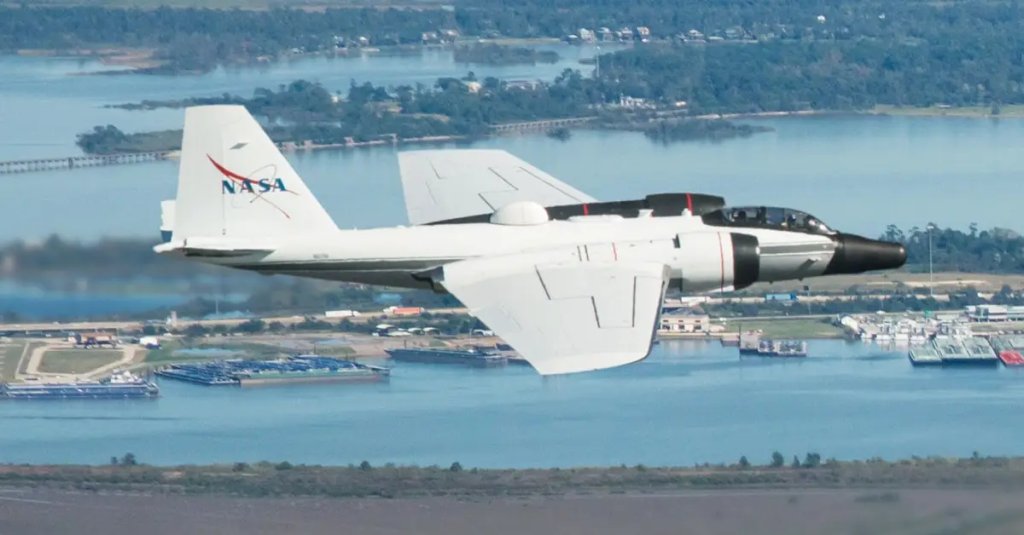

NASA made the news when its engineers managed to cobble together a new WB-57 Canberra out of parts from multiple other planes. This is a particularly notable achievement as one of the airframes had spent roughly 40 years at Davis-Monthan Air Force Base.
These NASA nerds set a record for how quickly a plane was returned to flight status after being sent to AMARC. They did an impressive job of grafting together parts from the WB-57 Canberra from the boneyard with parts from a second Canberra near Warner Robins Air Force Base in Georgia, as well as F-15 parts for the main wheels, the ejection seats from the F-16, and the tires from an A-4 for the nose wheel.

But some Army Air Force mechanics in Australia pulled off something similar in World War II, and did such a good job that their Franken-bomber is still around today. That plane is currently at the National Museum of the United States Air Force at Wright-Patterson Air Force Base, near Dayton, Ohio.
She’s called “Swoose,” and she is not only the only B-17D to survive, she is the oldest surviving B-17.
Swoose started out being assigned to the Philippines in 1941, flying in combat from Dec. 7, 1941, to Jan. 11, 1942. The plane suffered serious damage, but the mechanics used a tail from another damaged B-17 and replaced the engines. The plane then served as an armed transport for the rest of the war, including as a personal transport for Lt. Gen. George Brett (no relation to the star baseball player from the 1970s, 1980s, and 1990s).

After the war, the Swoose narrowly avoided the scrapyard. According to a 2007 Washington Post article, the plane was stored in various locations before the Smithsonian handed it over to the Air Force. The plane is currently being restored for eventual display alongside the famous Memphis Belle.
